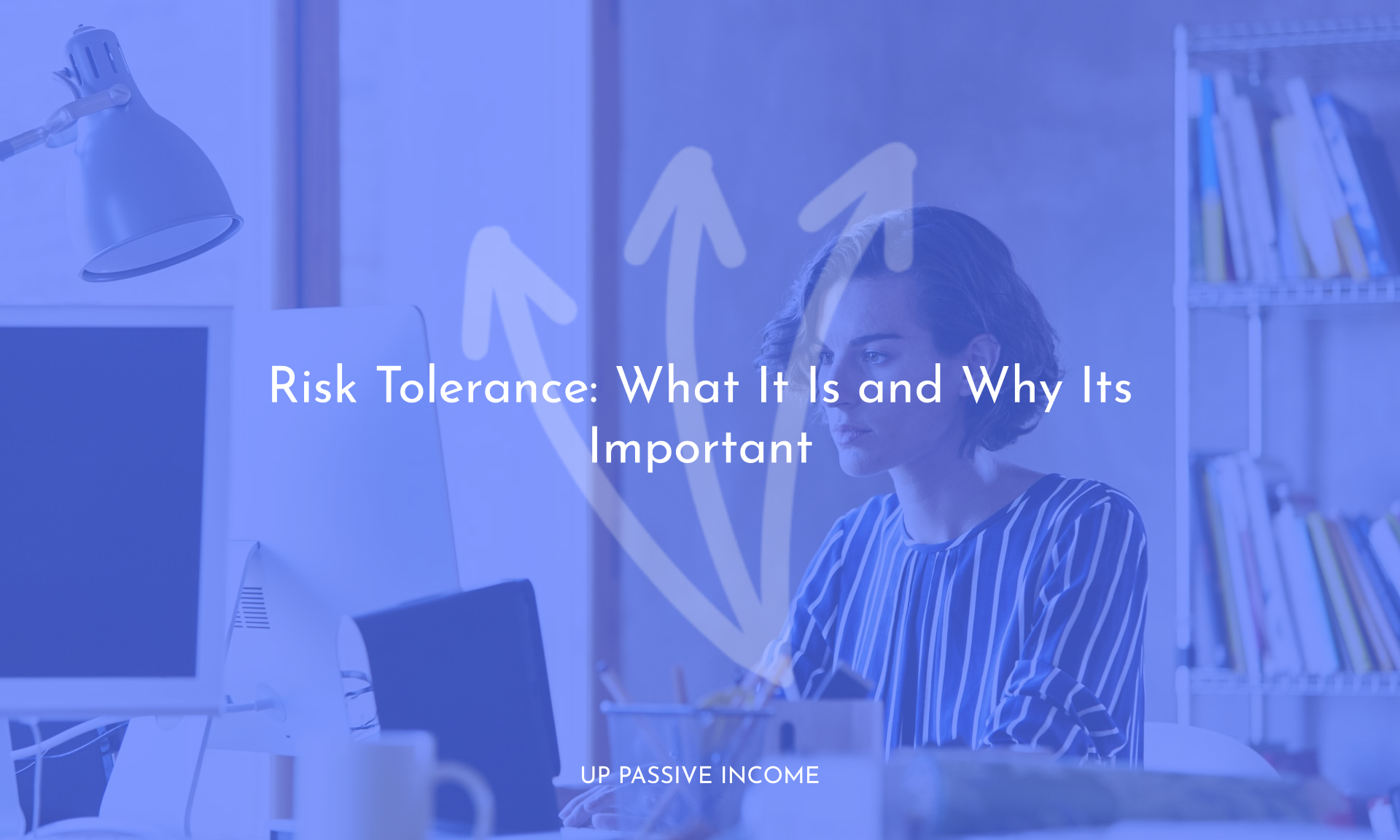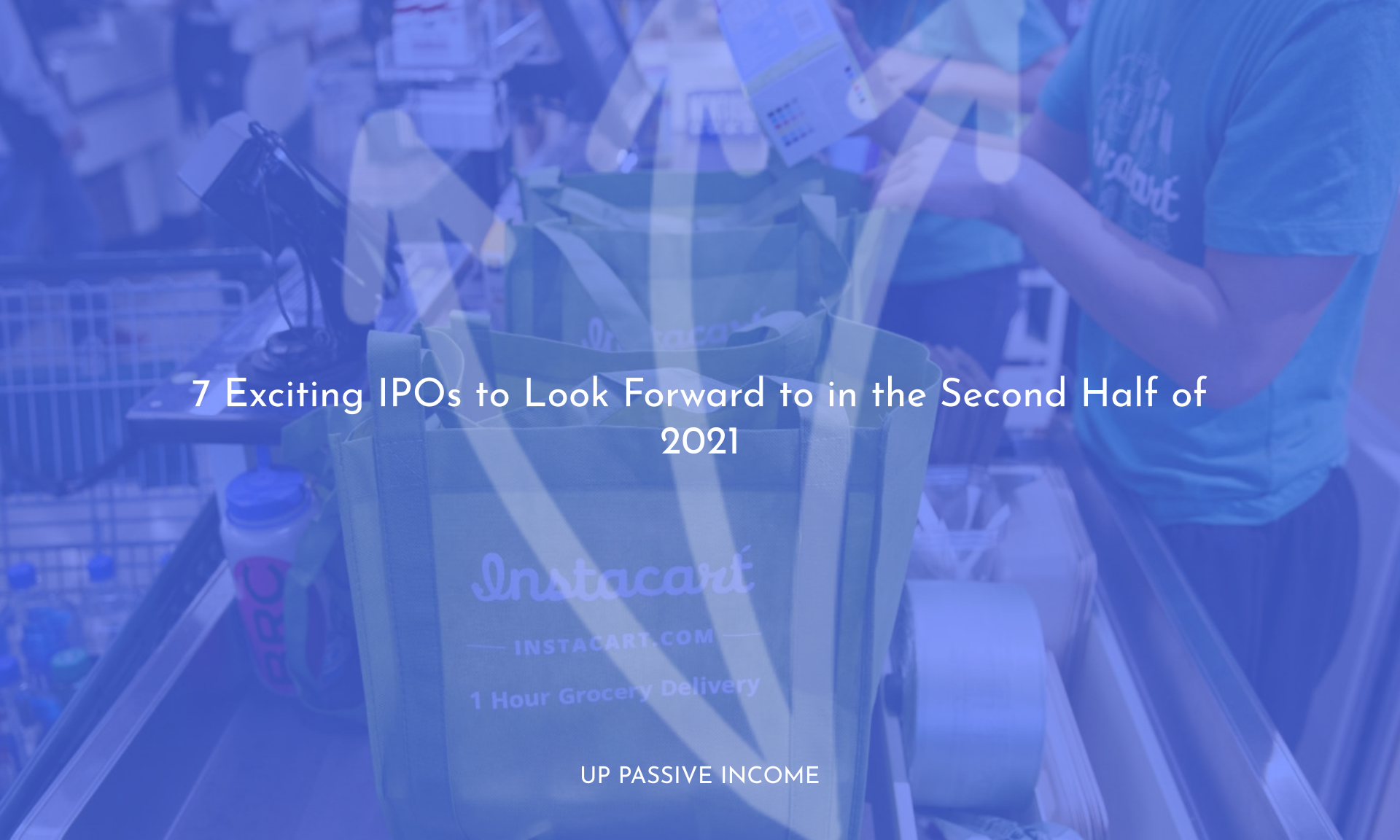Risk tolerance is how much of a loss you’re prepared to handle within your portfolio. Your goals, investing timeline and comfort level all factor into the equation.
Risk tolerance is how much of an investment loss you can stomach. Use our risk tolerance tool to figure out how much risk your portfolio can take.
Table of Contents
Risk tolerance is the ability to withstand losses when your investments perform poorly. If you buy stocks, for instance, how much of a drop in the market can you stomach?
If your tolerance is low, youll invest conservatively. For instance, a greater portion of your portfolio might be in low-risk bonds and a smaller portion in higher-risk stocks.
Knowing your risk tolerance helps create a game plan. In many ways it will drive how you invest, says Marianela Collado, a certified financial planner and co-owner of Tobias Financial Advisors in Plantation, Florida.
» New to the stock market? See Stock market basics: What beginner investors should know
Risk tolerance factors
“Everyones risk tolerance is going to be different,” says Charlie Horonzy, a certified financial planner and founder of Focused Up Financial in Chicago.
Here are some of the determining factors:
Goals: The purpose of financial planning isnt to accumulate the biggest pile of money possible. Its to decide what you want out of life, calculate how much money you need to reach those goals, and then choose an investment strategy that will deliver the appropriate returns.
Timeline: Generally you can take more risk if you have a lot of time to ride out the bumps. “If youre going to need money in five or 10 years, thats much different than if you have 15 years or more,” Horonzy says. The stock markets overall trajectory across decades is upward, but there are dips and plateaus. A 30-year-old whos saving to retire at 65 has plenty of time to wait those out. But if youre saving to buy a house in a few years, investing that savings in stocks is too risky because there likely wont be enough time to recoup losses if the stock market drops.
» Learn more: How to invest your savings for short-term or long-term goals
Age and life stage: “If youre in your 80s, that tolerance cant be as high as it would be for someone in their 30s,” Collado says. At 30, youve got time not only to ride out volatility but to make more money working.
Portfolio size: Someone starting retirement with a $5 million portfolio may be able to take more risk than someone with $500,000, Collado says. The person with the larger portfolio has more cushion if values drop.
Personal comfort level: Some people are naturally more comfortable with taking risk than others. “I always tell people, ‘You have to be able to sleep at night,” Collado says. If market volatility is too stressful, thats a signal that you need to understand better what to expect or to be in less-risky investments, she says.
Flexible
The risks of ignoring risk tolerance
Investing without considering risk tolerance is like sleepwalking to the edge of a cliff. Imagine investing in stocks without thinking about how youll react if their value drops.
“Youre going to get woken up very fast when the market goes down,” Horonzy says.
A big danger then is freaking out and fleeing the market. Then “youre falling into investing mistake No. 1 of selling low,” says Nora Yousif, a certified financial planner and vice president of RBC Wealth Management in Boston. A drop in the market is actually an opportunity to buy because prices are down.
» Learn more: When the stock market trembles, fight your fear and keep investing
Another danger is playing it too safe, Yousif says. You dont take enough risk to reach goals. Taking a slightly more aggressive position to get better returns can make a huge difference over the long haul.
Take a look at the difference a 1% annual return can make for a one-time investment of $100,000 after 35 years:
What’s my risk tolerance?
Automated investing services called robo-advisors — and human financial advisors alike — have clients fill out questionnaires to help gauge their risk tolerance. (If youre just starting out or dont have a lot to invest, a robo-advisor is a low-cost way to get started. See our top picks for robo-advisors.)
You answer questions like this one from Vanguard:
“During market declines, I tend to sell portions of my riskier assets and invest the money in safer assets.” Possible answers: Strongly disagree, disagree, somewhat agree, agree, strongly agree.
Answer questions about risk honestly — not as you think a smart investor would.
Take our quick risk tolerance quiz to begin exploring your attitude about risk-taking. The quiz isnt intended to guide investment choices — youll need to consider your goals, timeline and other factors before making investment decisions — but it can give you insight into your natural tendencies.
Take risk seriously
Besides evaluating questionnaire answers, human financial planners say they spend a lot of time talking about risk so clients dont get caught off guard when values drop.
“No one gripes about the value going up,” Yousif says. But its natural to wince when the market goes down and your portfolio shrinks. She stresses the normality of stock market volatility and helps clients mentally prepare so they can hang on when things get bumpy.
“Its one thing to guess how youre going to handle a loss, and its another thing to assess after youve lost 12%,” Yousif says. She converts percentages to actual dollars when talking about what to expect if the market drops. “That tends to get peoples attention.”
Thanks to Source
risk tolerance



